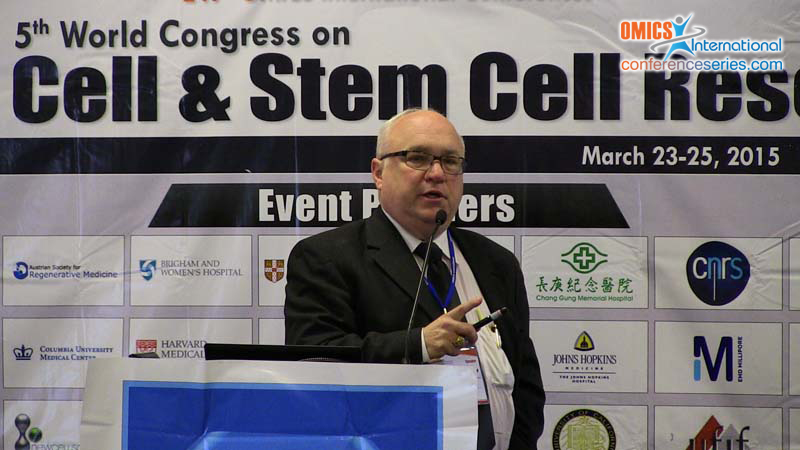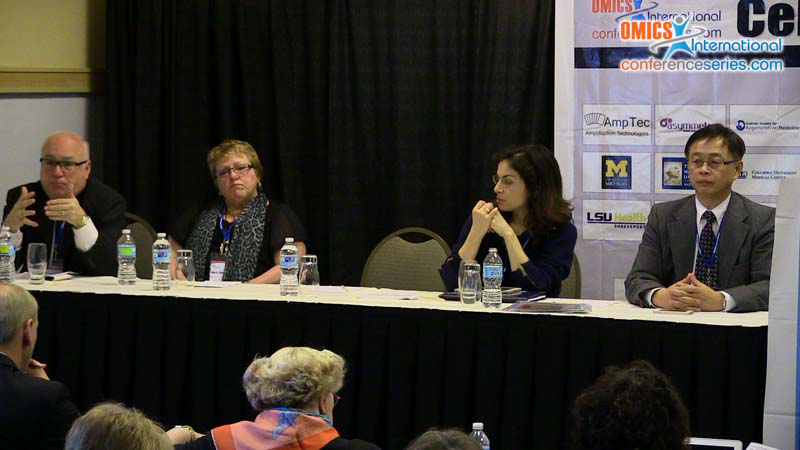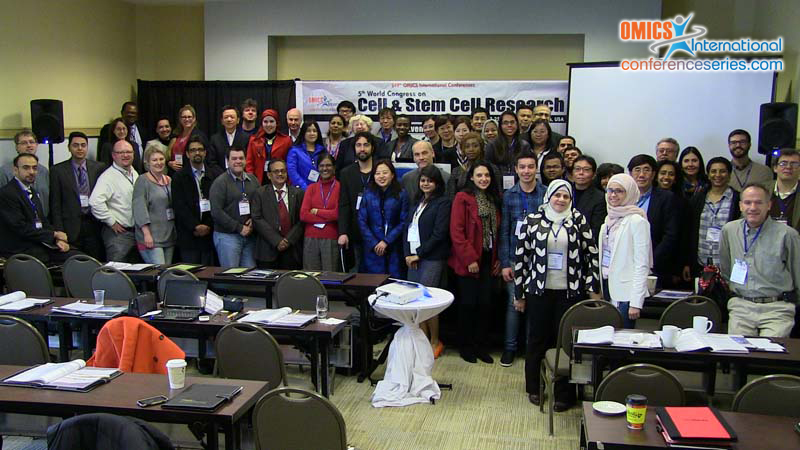
Guillermo A Herrera
Louisiana State University Health Sciences Center
Louisiana
Title: Generic glomerular damage viewed through a unique experimental model: Understanding the repair that needs to be accomplished. What we know and what we need to find out
Biography
Biography: Guillermo A Herrera
Abstract
Mesangial injury represents a crucial event in the pathogenesis of light chain-associated glomerulopathies in patients with plasma cell dyscrasias. The glomerulopathic light chains interact with mesangial cells where purported receptors regulate the downstream cellular mechanisms that will be activated and result in glomerular alterations. The physicochemical and conformational characteristics of the abnormal light chains are primarily responsible for the downstream events affecting the mesangial milieu. Different light chains are responsible for two diseases with diametrically opposite mesangial alterations: Light chain deposition disease which results in the expansion of the mesangium due to accumulation of matrix proteins not present in the normal mesangium and AL (light chain-associated) amyloidosis where the native mesangial matrix is replaced by fibrils (amyloid). In both cases there is enhancement of mesangial cell apoptosis and the altered mesangium has a marked decreased of mesangial cells, most undergoing apoptosis. The repair of the damaged mesangium is difficult due to the absence of enough mesangial cells that can participate in the process and also the damage can be so extensive that the intrinsic processes that are available for repair (i.e. recruitment of stem cells from bone marrow and precursor stem cells in renal niches) cannot effectively carry out the recovery. Introducing exogenous mesenchymal stem cells represents a novel therapeutic avenue that has been experimentally tested with promising results. Glomerular repair is hindered by how much of the glomerulus has become sclerosed and how to re-establish capillary walls and spaces in segmentally sclerosed / hyalinized glomerular areas. Disposing of the sclerotic material represents a major challenge for repair mechanisms to be able to restore homeostasis. In-vitro, ex-vivo and in-vivo animal models have been created to study these disorders providing excellent platforms to elucidate pathogenesis and provide insightful information that can be translated to the practice of renal pathology, as the in-vitro and in-vivo platforms corroborate each other. The presentation will address how mesangial injury occurs in LCDD and AL-amyloidosis as examples of generic mesangiopathies. Other presentations in the symposium will summarizes existing data regarding the niches of stem cells that participate in glomerular homeostasis and repair and experimental use of exogenous mesenchymal stem cells in mesangial healing.
Speaker Presentations
Speaker PDFs
Speaker PPTs Click Here



